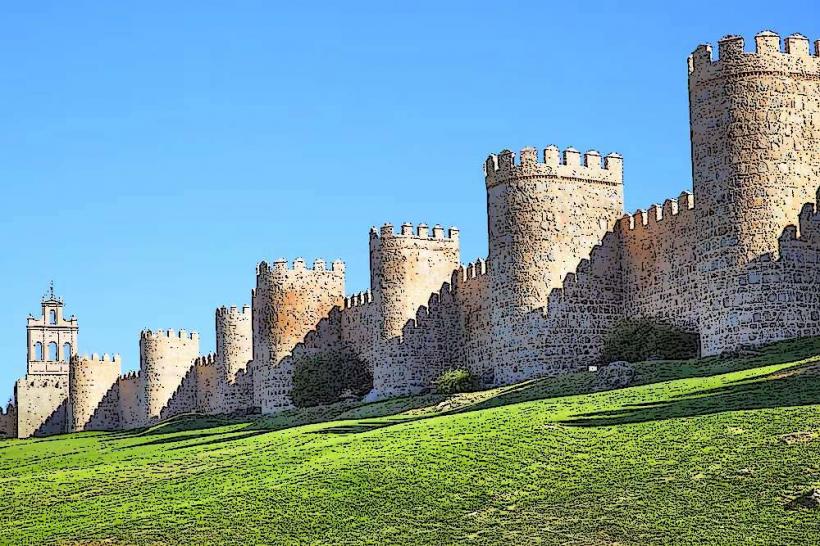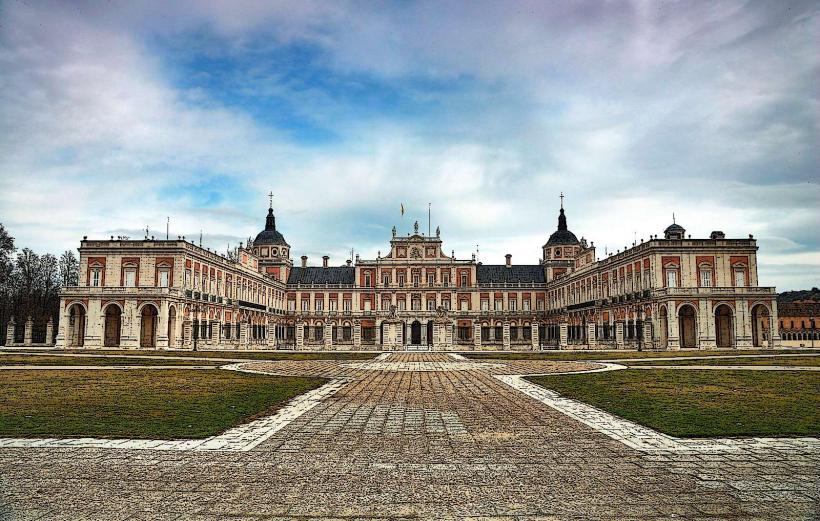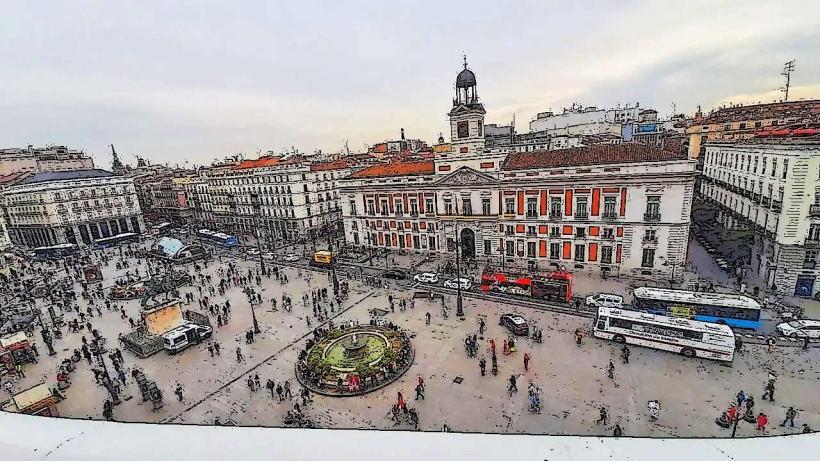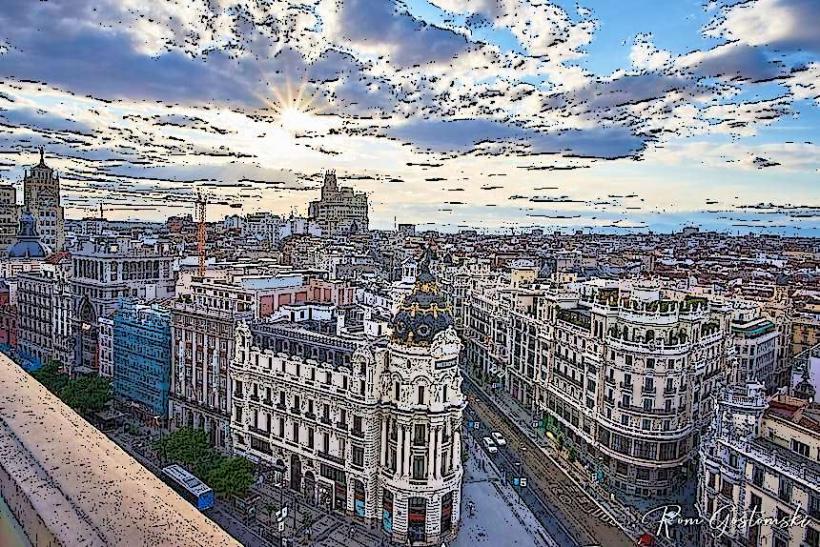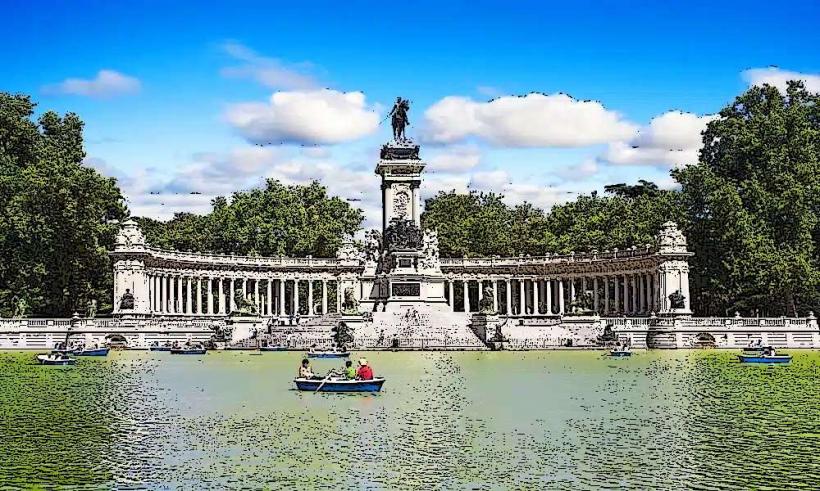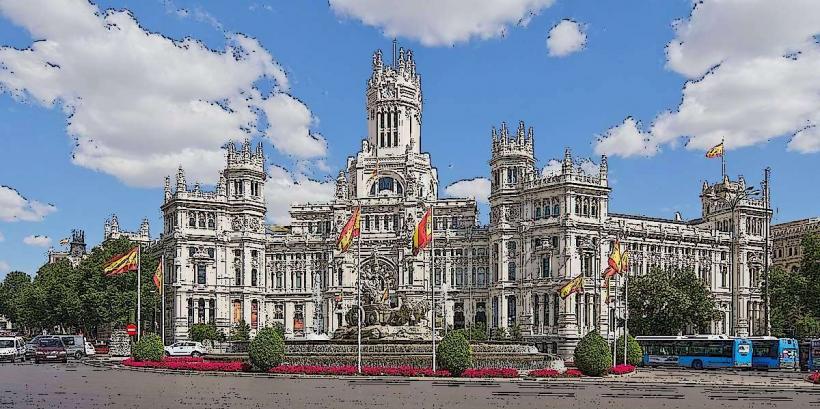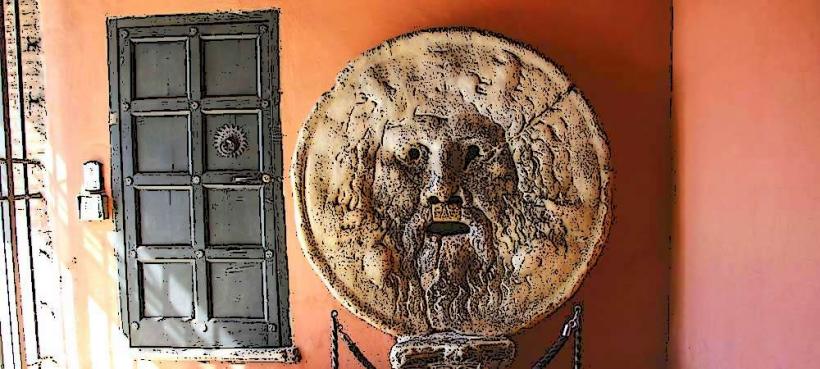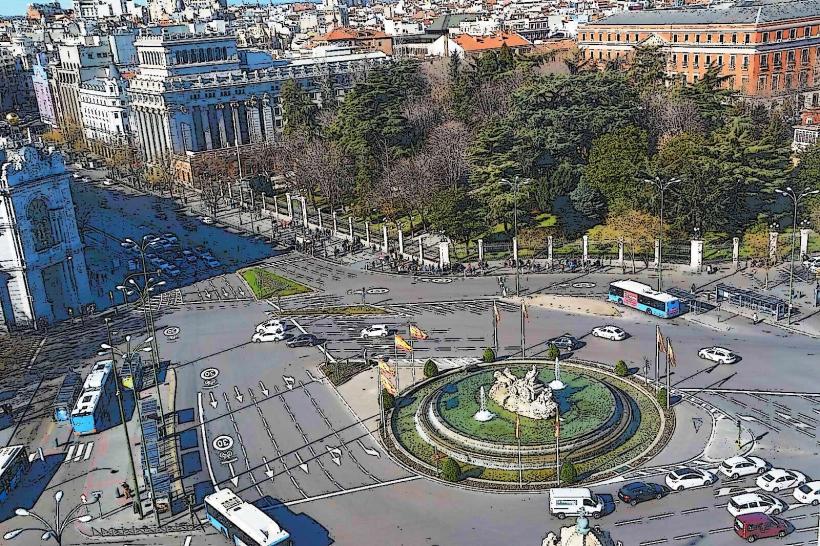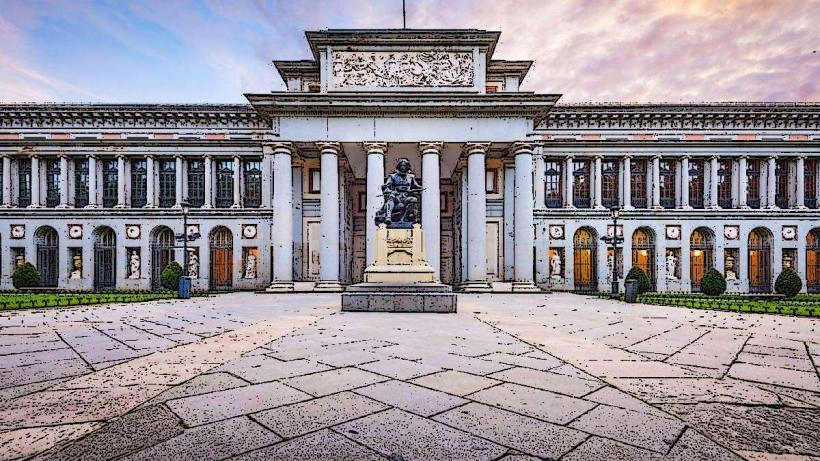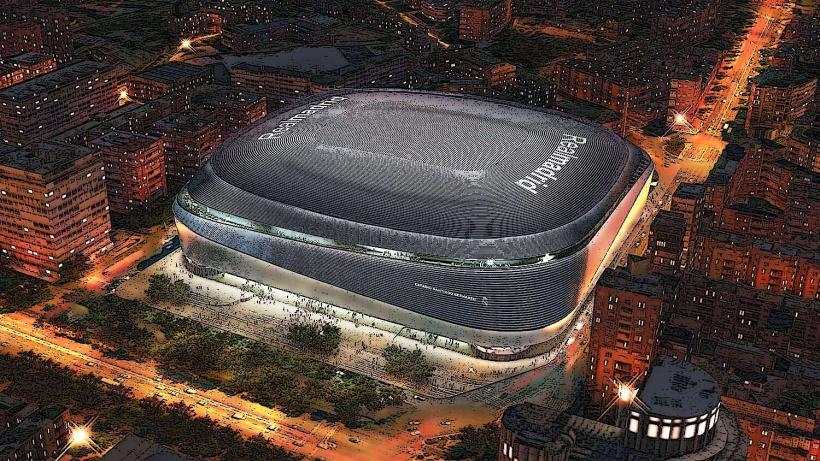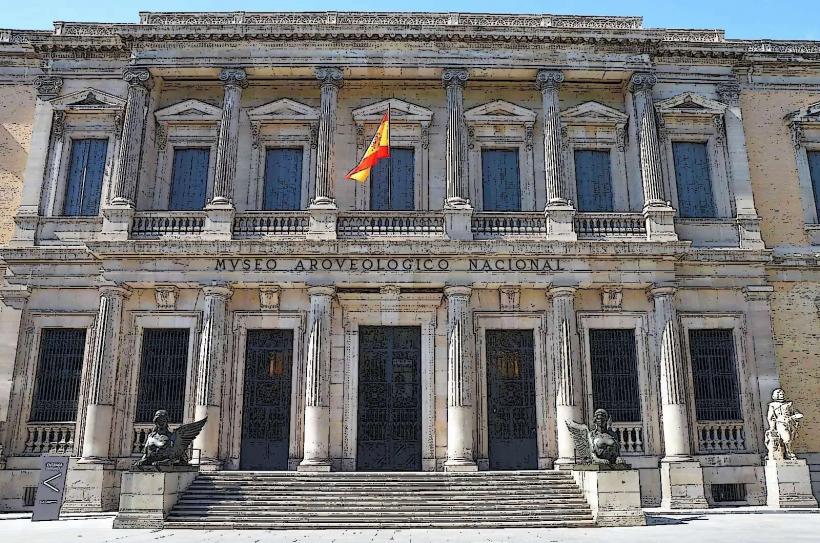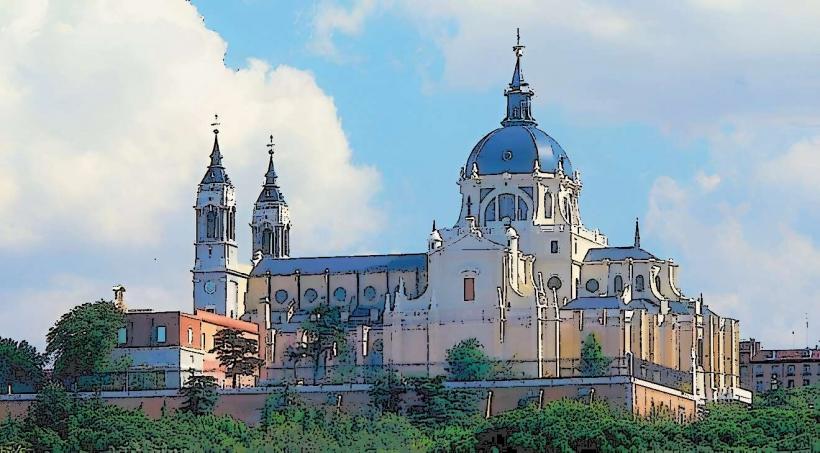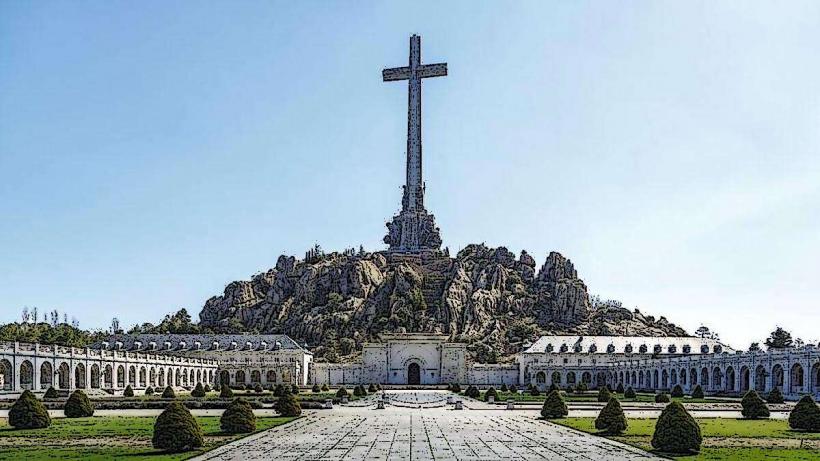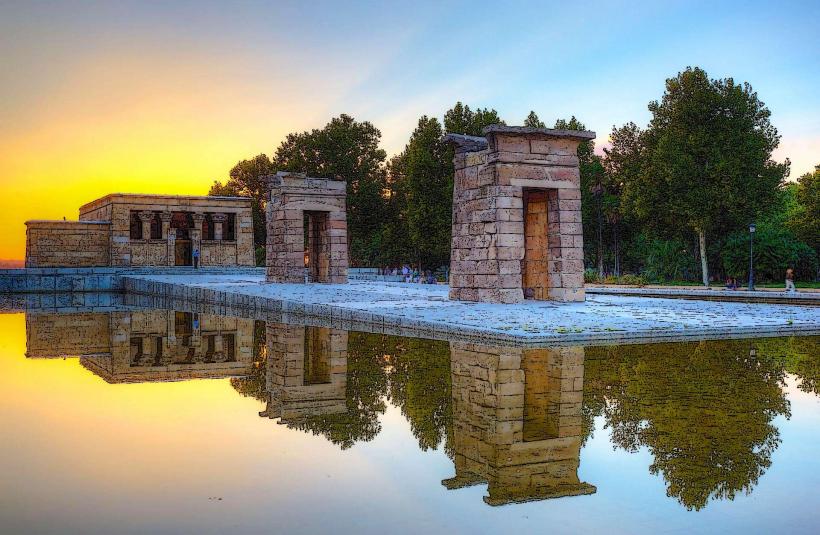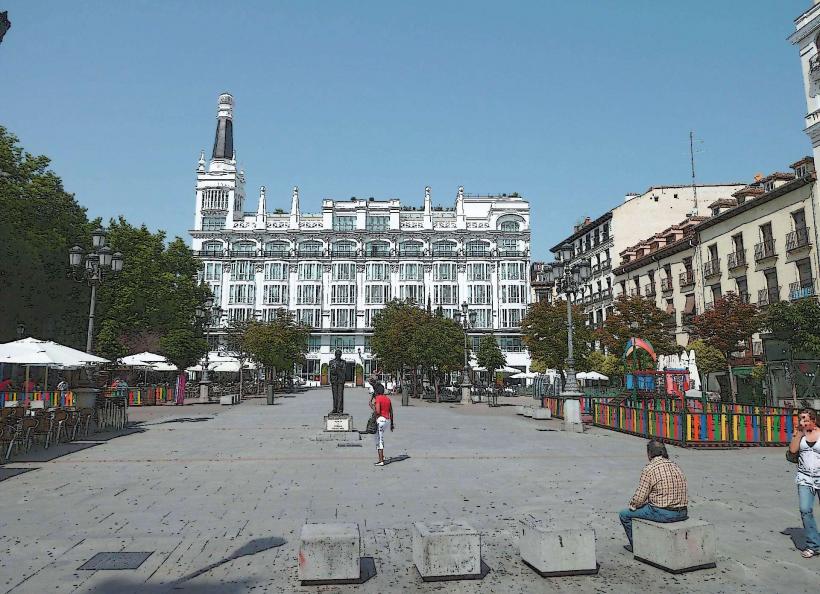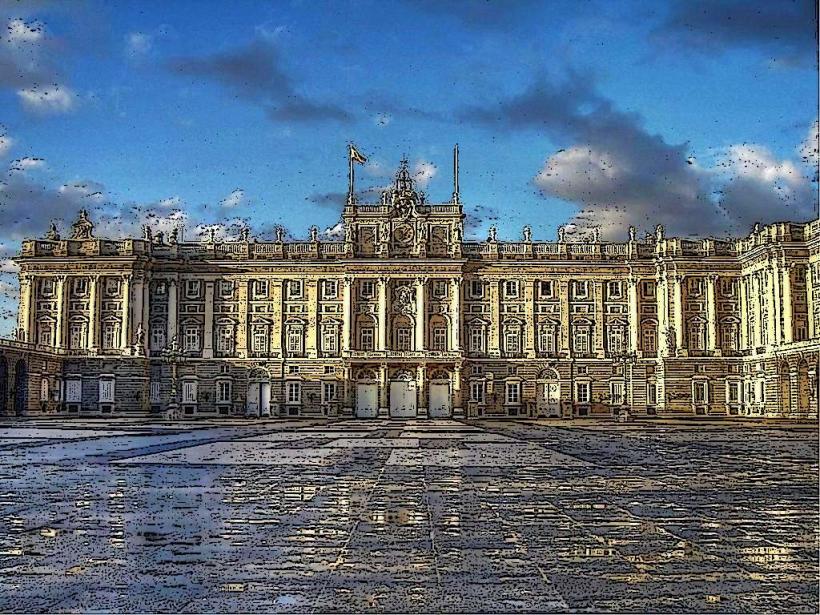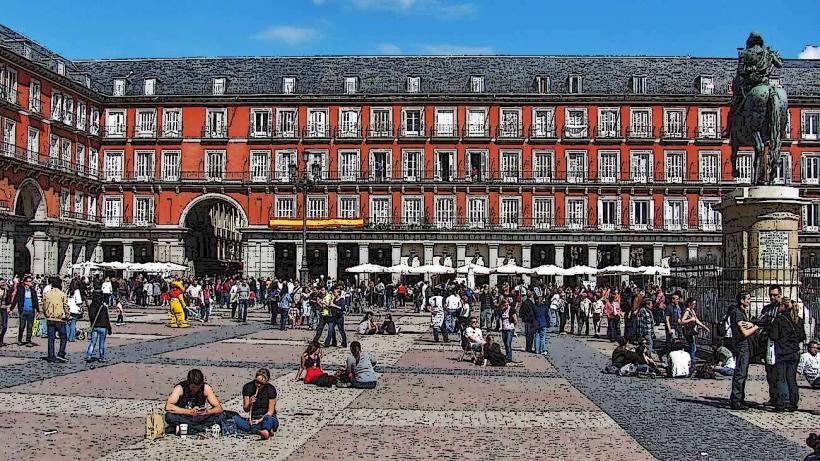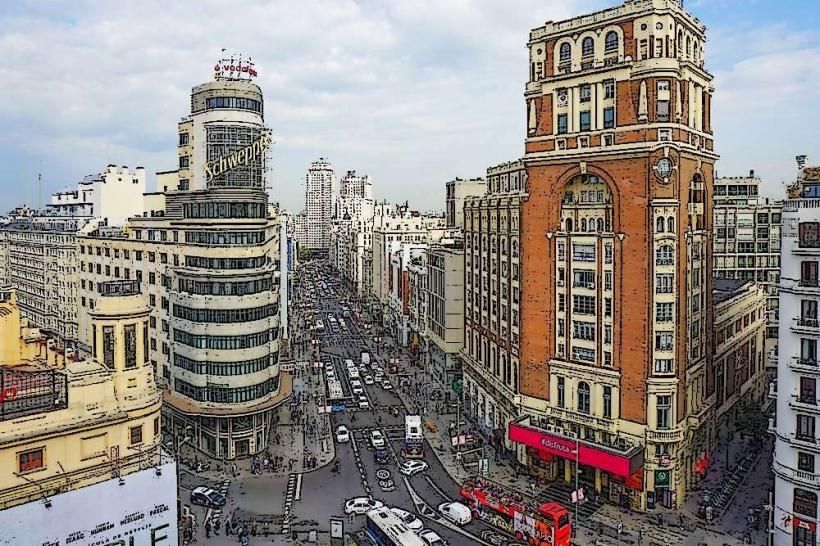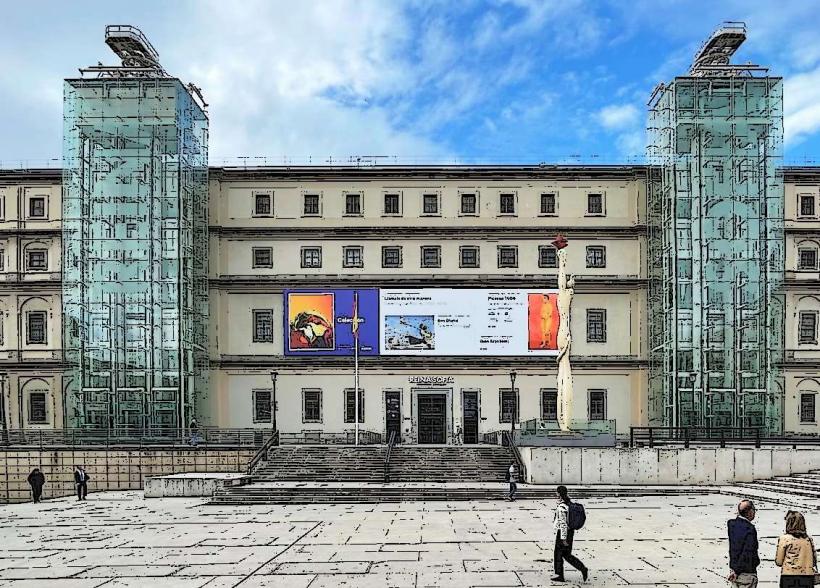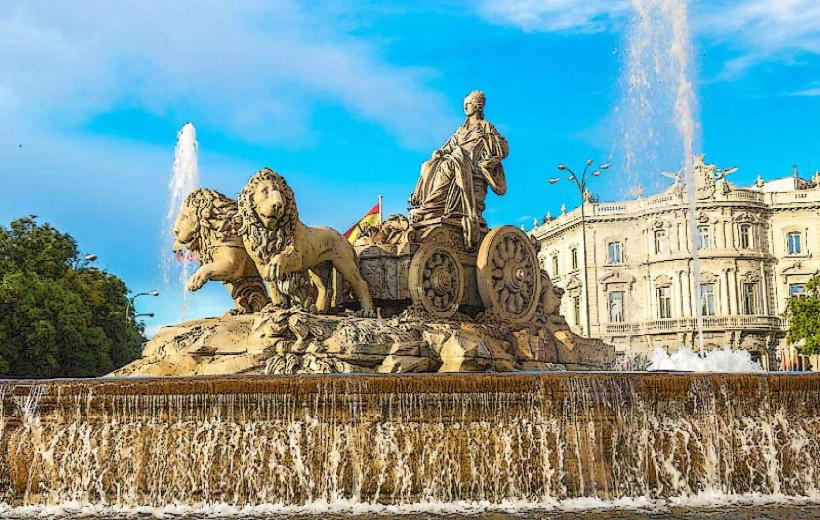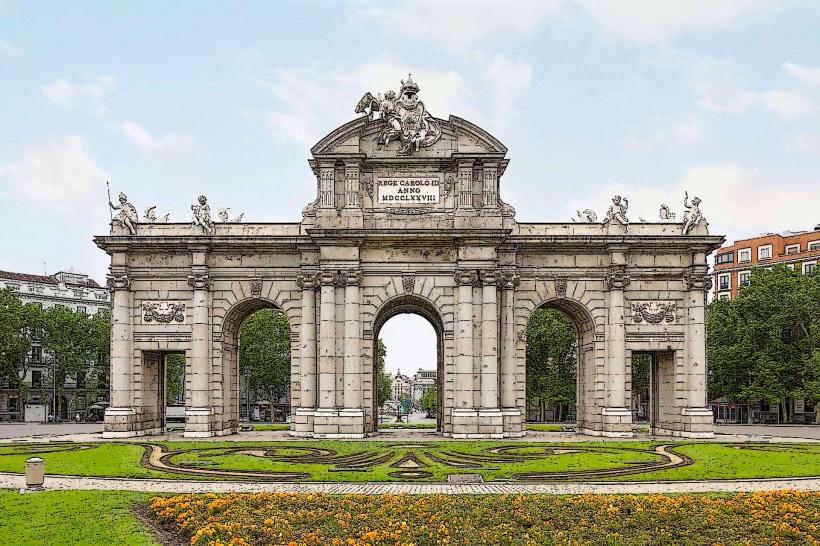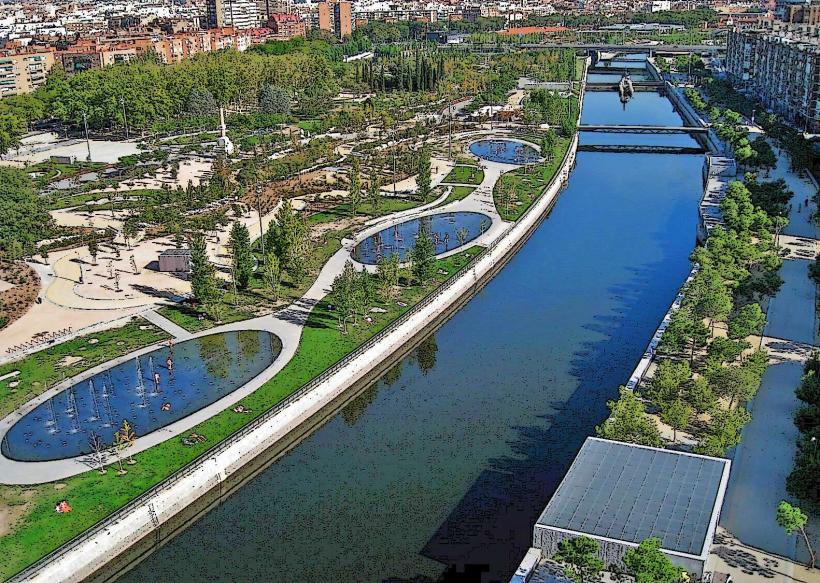Information
Landmark: San Lorenzo de El EscorialCity: Madrid
Country: Spain
Continent: Europe
El Escorial, located in San Lorenzo de El Escorial, is one of Spain’s most significant historical and architectural landmarks. This monumental complex is renowned for its architectural grandeur, historical significance, and association with the Spanish monarchy. Officially known as the Monastery of El Escorial (Monasterio de El Escorial), it served as a royal residence, a monastery, a royal tomb, and a library, and is a UNESCO World Heritage Site.
Historical Background
El Escorial was commissioned by King Philip II of Spain in 1559 to commemorate his victory at the Battle of Saint Quentin and to establish a place of great importance for both the monarchy and the Catholic faith. It was built during the Counter-Reformation, a time of intense religious and political conflict, and its design reflects the ideas of the Catholic Monarchs.
The complex took about 21 years to build, from 1563 to 1584, and was designed by the architect Juan de Herrera in a style now known as Herrerian, which is a type of Spanish Renaissance architecture characterized by simplicity, geometric forms, and clean lines.
Architecture and Design
The Monastery of El Escorial is a vast complex that blends renaissance and baroque elements, designed with symbolic intent to reflect religious and political power. The architectural layout is shaped like a gridiron, symbolizing Saint Lawrence, after whom the town is named.
1. The Royal Palace
- Royal Residence: The palace part of El Escorial was designed as the royal residence for the Spanish monarchy. The kings and queens of Spain used it as their summer retreat.
- Royal Apartments: The palace includes lavish rooms such as the King’s Chamber and Queen’s Chamber, featuring intricate furniture and decor from the Renaissance period.
2. The Monastery
- Monastic Life: El Escorial originally housed Augustinian monks, who lived and prayed within the complex. The monastery was designed to facilitate religious life, with an altar, chapels, and a cloister where the monks could meditate and carry out their religious duties.
- Church of the Royal Monastery: The central chapel of El Escorial is known as the Basilica. It is adorned with magnificent frescoes, an impressive altar, and works of art related to the Catholic faith.
3. The Pantheon of the Kings
- Royal Tomb: One of the most significant features of El Escorial is the Pantheon of the Kings (Panteón de los Reyes), a burial place for Spanish monarchs from the 16th century onward. The tombs of Kings Philip II, Philip III, Philip IV, and Charles II are among those housed here.
- The Pantheon is an elaborate, highly decorated underground chamber designed in Renaissance style with a dome, stone carvings, and marble.
4. The Library
- El Escorial is also famous for its library, which houses an extensive collection of books, manuscripts, and documents, including works on philosophy, science, and theology. The library’s ceiling is adorned with an impressive fresco that depicts the Seven Liberal Arts.
- It has been a center of learning for centuries, attracting scholars from across Europe. The library is considered one of the most important Renaissance libraries in Europe.
5. The Courtyards and Gardens
- Courtyards: The monastery has several courtyards, which were carefully planned as part of the design. The most notable is the Main Courtyard, which provides access to the basilica and royal apartments.
- Gardens: The gardens at El Escorial are extensive, including beautiful terraces, flowerbeds, and walkways that surround the monastery and palace, offering peaceful surroundings for reflection and contemplation.
6. The Basilica
- The Basilica of El Escorial is an integral part of the monastery and one of the most important features of the complex. It serves as a place for worship, and it is also where many of the Spanish monarchs were laid to rest.
- It is known for its grand altar, stunning frescoes, and baroque architecture. It also houses artworks by famous artists like El Greco.
Significance in Spanish History
El Escorial served as the center of both religious and political power during Spain’s Golden Age. It was a site for royal events, such as coronations and weddings, and was also a place of deep reflection for the Catholic faith. King Philip II wanted El Escorial to be a symbol of his devotion to the church and a place where the Catholic Monarchy would be glorified.
- Symbol of Power: El Escorial became a symbol of Spanish imperialism, representing both the might of the Spanish Crown and the dominance of the Catholic Church.
- Royal Tomb: It has served as the final resting place for several generations of Spanish kings, making it a key site for understanding the royal history of Spain.
- Art and Learning: The library and its extensive collection reflect Spain’s importance as a cultural hub during the Renaissance. The royal art collection and works housed at El Escorial also solidified its place as a center of learning and artistic development.
Visiting El Escorial
Today, El Escorial is open to the public, allowing visitors to explore its grandeur and learn about its significance in Spanish history. It is one of the most visited cultural sites in Spain.
- Guided Tours: Guided tours are available in several languages and provide detailed insights into the history, architecture, and art housed at El Escorial.
- Opening Hours: El Escorial is typically open daily, though hours may vary depending on the time of year. It is recommended to check the opening hours in advance.
- Admission Fees: There is an entrance fee to visit the monastery and palace. Various ticket options are available, including reduced rates for students and seniors.
- Accessibility: The complex is generally accessible, though some areas may be restricted or require walking up stairs. There are also accessible paths for those with mobility concerns.
Fun Facts
- Artistic Influence: El Escorial was instrumental in shaping Renaissance art in Spain, and its royal collection includes masterpieces by El Greco and Titian.
- Monumental Design: The architectural layout is considered one of the most monumental in Europe. The building is designed as a gridiron, which symbolizes the martyrdom of Saint Lawrence.
- Completion and Dedication: The monastery was completed in 1584, and it was formally dedicated to Saint Lawrence in 1585.
Conclusion
El Escorial is a must-visit destination for those interested in Spanish history, art, and architecture. Its rich history as a royal residence, religious center, and repository of knowledge makes it a key monument in the cultural landscape of Spain. The Monastery of El Escorial remains a testament to Spanish Renaissance architecture and a lasting symbol of the power and piety of the Spanish monarchy.

